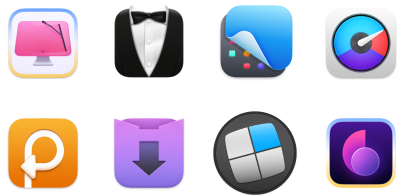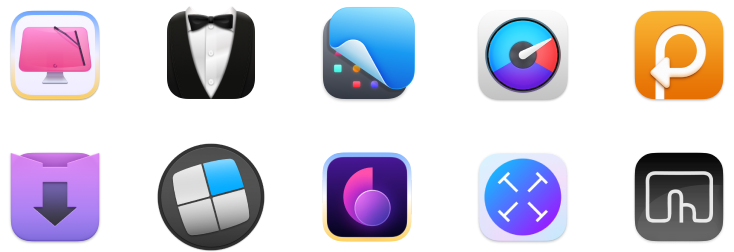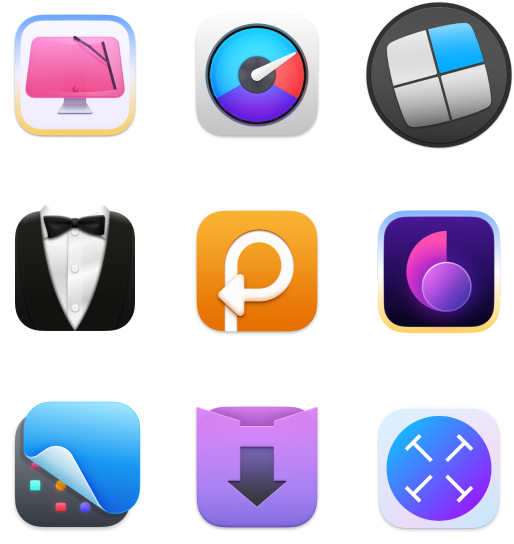How to unlock Apple Account (former Apple ID) in a few steps on a MacBook
A Zoom meeting is about to start. You hop on your MacBook, hit the Sign in button, and then, bam. A cold message stares right back at you: "This Apple Account has been disabled for security reasons."
Whatever the reason, how to unlock Apple ID is a fairly common challenge that has quick fixes. My goal in this guide is to keep you from getting stuck in a loop of Apple’s security protocols or throwing away precious time.
If you're frantically wondering, "How do I unlock my Apple ID fast?", here's all you need to know.
But first, let's take a quick look at some common problems and how you can fix them without getting a headache:
What’s the issue? | How to fix it fast |
Forgot your Mac password | Reset it through a trusted device, or use your Apple Account at the login screen. |
Lost access to your Apple Account | Recover it using the iForgot website or contact Apple Support. |
Keep forgetting your passwords | Save them securely in a password manager like Secrets 4. |
Struggling to manage 2FA codes | Organize and sync your codes across devices with Step Two. |
Slowed down by repetitive tasks | Master essential Mac keyboard shortcuts to save time and boost productivity. |
Simple tips to unlock Apple ID on Mac
Here's how to unlock your Mac with Apple ID and get back to business.
Using a trusted device
If you’re still logged into an Apple device (like your iPhone or iPad), you can reset your password right from Settings:
- Open Settings on your device (for example, iPhone) > Apple Account.
- Go to Sign-In & Security.
- Tap Change Password.
- Create a new password.
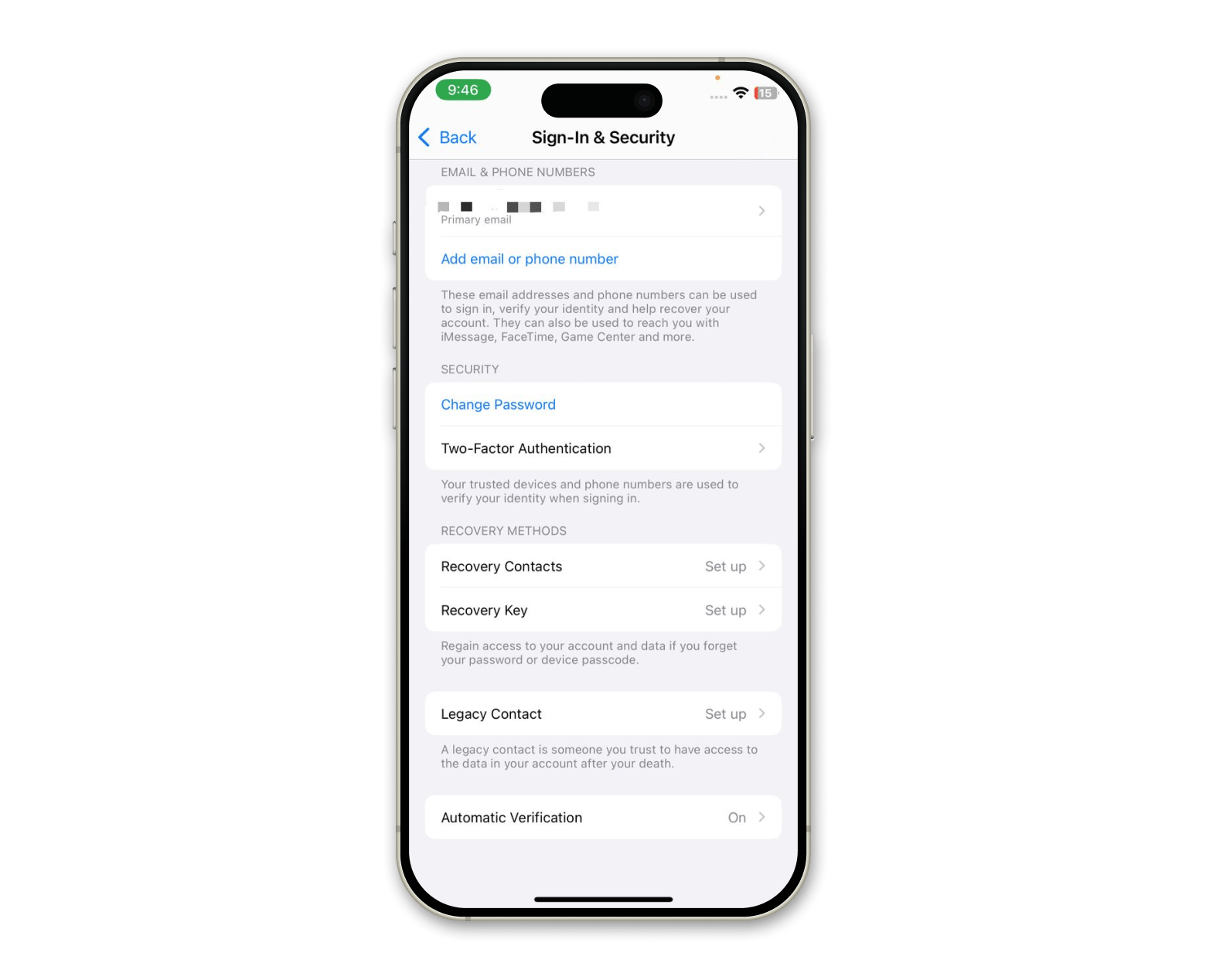
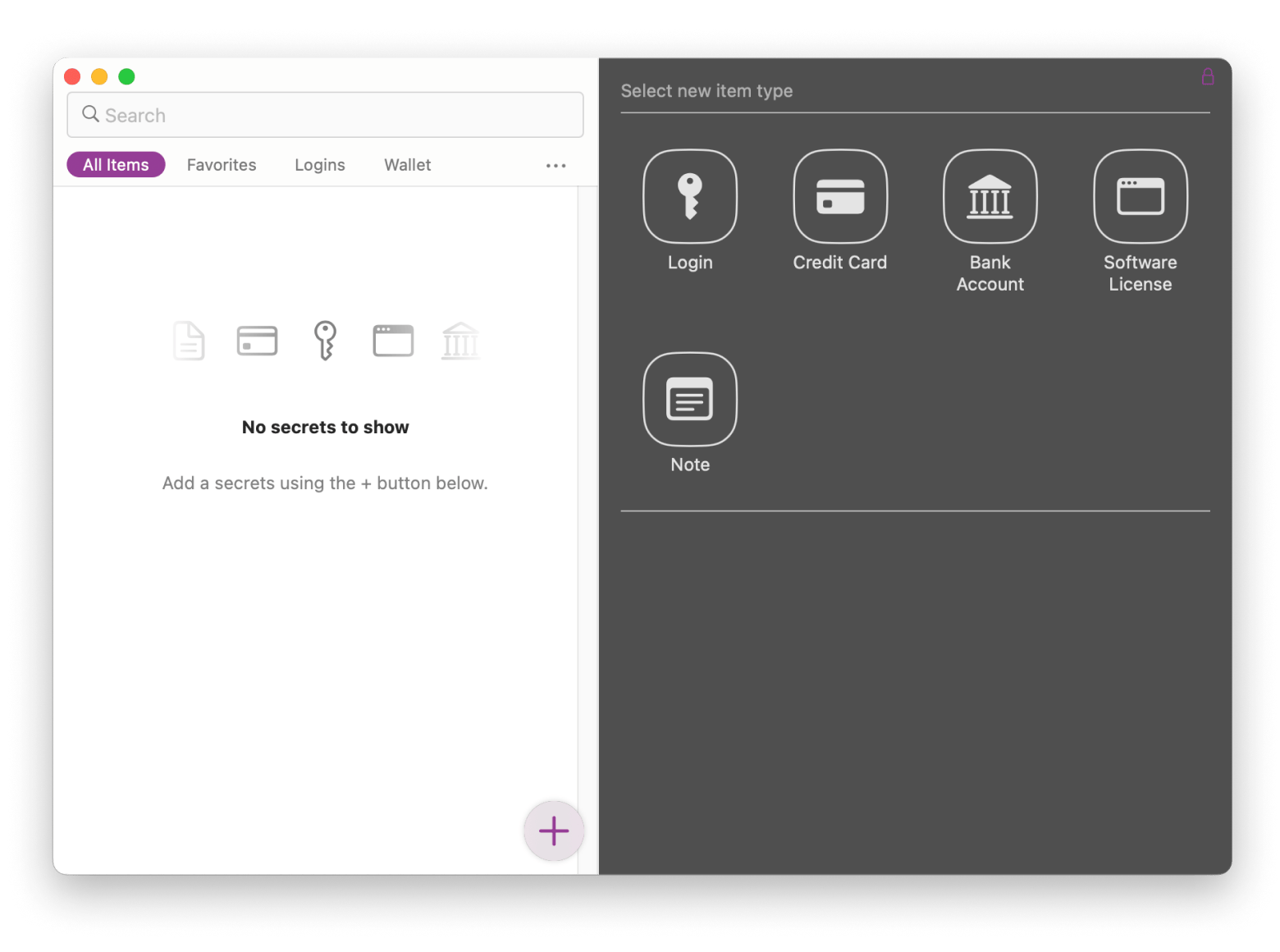
Through the Apple Support app
If you don't have access to a trusted device, borrow an iPhone or iPad from a friend. Download the Apple Support app and use the Reset Password feature under the Apple Account section. This is the quick, official route of how to unlock my Apple ID without needing a computer.
Via the iForgot website
If all else fails, head toApple’s iForgot website. Enter your Apple Account and follow the prompts to reset your password via email, security questions, or two-factor authentication.
Apple offers many ways to relieve the frustration of getting locked out. Zero Results? There are still a few more solutions to try.
My Apple ID is hacked: What can I do?
If you’ve noticed something unusual with your device lately, it might be a sign that someone has tampered with it using your Apple Account.
Some red flags of a compromised account include:
- You’re locked out of your Apple Accoun, and password resets don’t work.
- You get unexpected security alerts, like a password change or a sign-in from an unknown device.
- Your personal data disappears or changes, like missing contacts, deleted emails, or a different recovery phone number.
If any of this sounds familiar, you need to act fast. First, protect your personal files by transferring sensitive documents to an external drive or secure cloud storage. If you’re completely locked out, move to the next steps immediately.
How to recover a hacked Apple ID
- Try to reset your password: Go to Apple’s iForgot website and follow the steps to reset your password.
- Use two-factor authentication: If you have 2FA enabled, use a trusted device to approve the reset request.
- Check for unauthorized devices: Once you’re back in, go to Settings > Apple Account > Devices and remove any unknown devices from your account.
- Change your recovery options: Update your email, phone number, and security questions to block future unauthorized access.
- Go to Apple Support: If you can’t recover your account, Apple Support can help you with the issue.
Unlock Apple ID for free without a password or Apple ID access
You can still find ways to get back into your Mac if you’ve been locked out due to security issues, lost recovery options, or forgotten credentials. Let's look at some of the best routes.
Using an Admin account to unlock your Apple account
If you have multiple user accounts and an administrator on your Mac, you can use the admin account to reset passwords for your other user accounts.
Here’s what to do:
- Restart your Mac and log in to the administrator account on your Mac.
- Go to System Settings > Click Users & Groups.
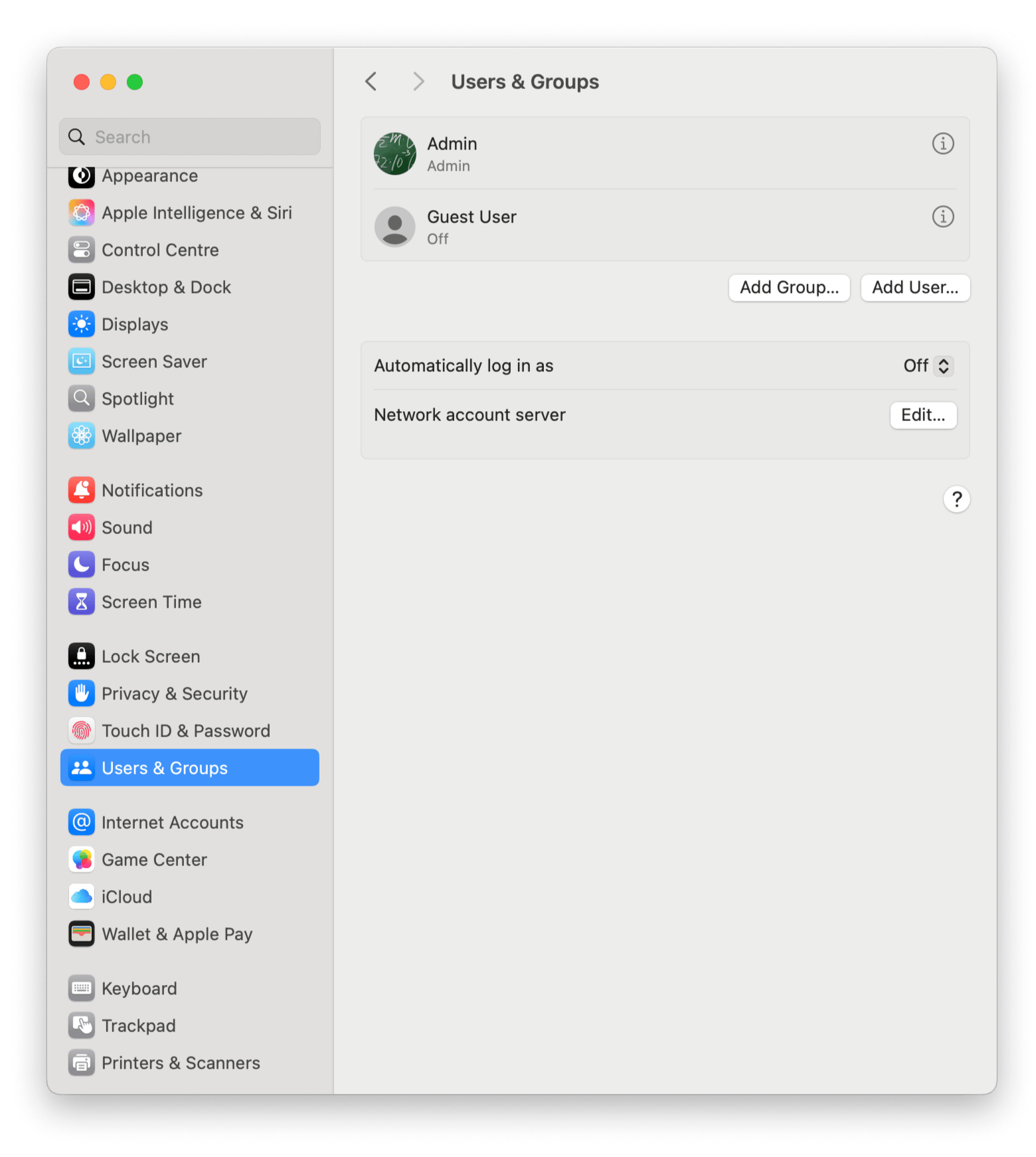
3. Choose your locked account and click Reset Password.
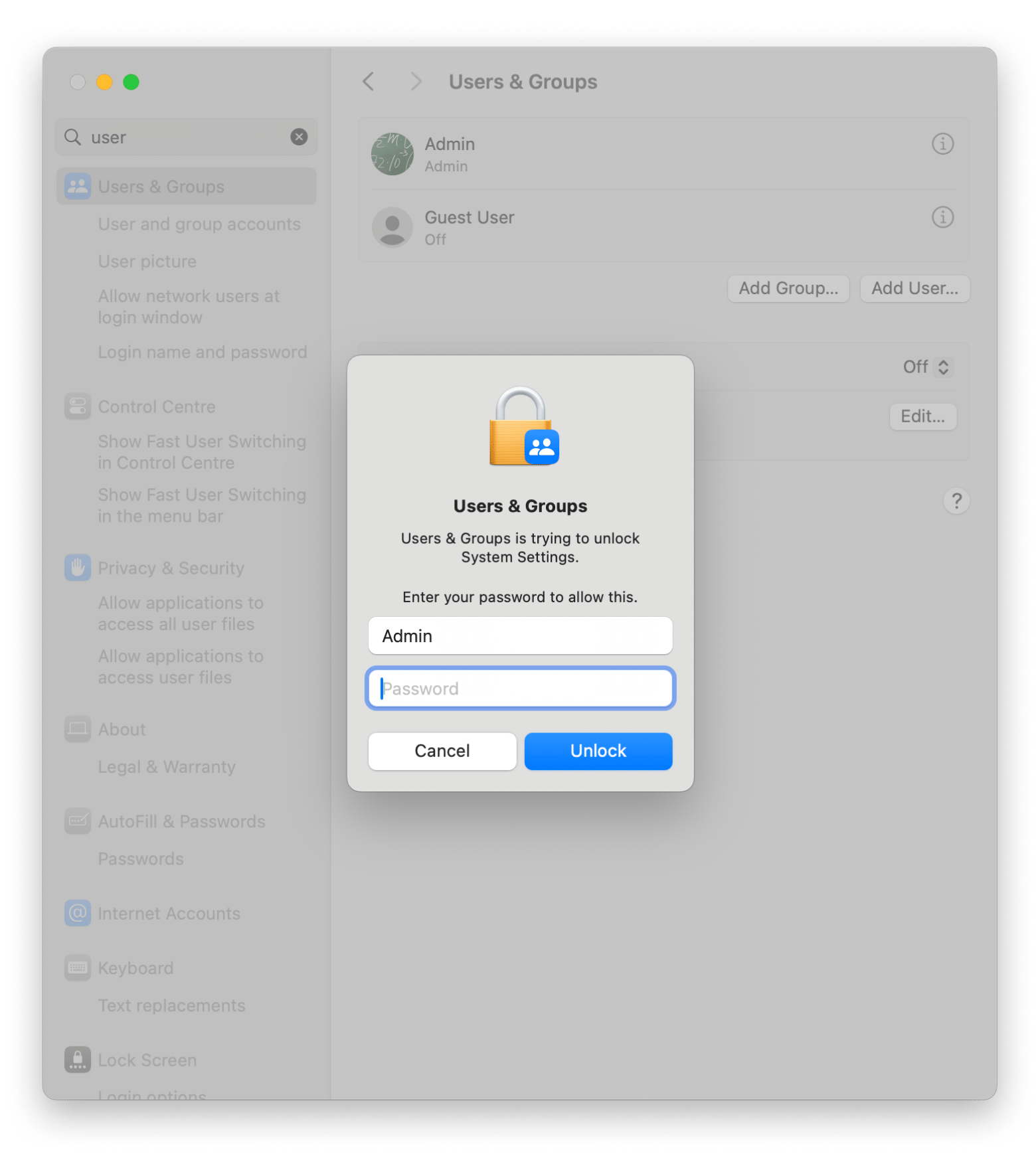
4. Create a new password.
After creating the new password, restart your Mac and sign in.
Read also:
Utilizing FileVault Recovery Key
If you previously enabled FileVault, your Mac may have given you a Recovery Key, a long, randomly generated code. You can use this recovery key to bypass your Apple security and unlock your Apple ID account.
To use the FileVault Recovery Key:
- Click Forgot Password on the login screen.
- Choose Use a Recovery Key instead of Apple ID.
Enter your FileVault Recovery Key when prompted.
If the key is correct, you’ll be able to reset your password to unlock Apple ID on Mac. In case you don't have a recovery key, your only option left is a full factory reset.
Factory resetting the Mac
If all else fails, wiping your Mac completely is the last resort. Be warned: it's best to proceed only if you have backed up your system.
To factory reset without an Apple Account:
- Shut down your Mac.
- Turn it on and immediately press Command + R to enter macOS Recovery.
- Click Disk Utility and choose Erase your startup disk.
- Go back to macOS Utilities and choose Reinstall macOS.
The reset will restore access to your Mac, but not your Apple account. You may still need your Apple credentials to complete some settings on your Mac. If you still need your account back at this point, you may need to contact Apple Support for activation help.
And if you decide it’s time for a fresh start, here’s how to create a new Apple ID in just a few easy steps.
Preventive measures to avoid future lockouts
Don't want to get locked out again after the ordeal you’ve been through? Taking the right precautions now can save you from a repeat disaster.
Keeping your account secure can take a lot of effort, but luckily, there are some tools and tips that can help make it easier.
Enable two-factor authentication (2FA)
Two-Factor Authentication (2FA) is your extra layer of Apple Account security.
To enable 2FA:
- Go to System Settings.
- Click on your Apple Account > Sign-in & Security.
- Go to Two-Factor Authentication and turn it on.
- After, follow the on-screen instructions.
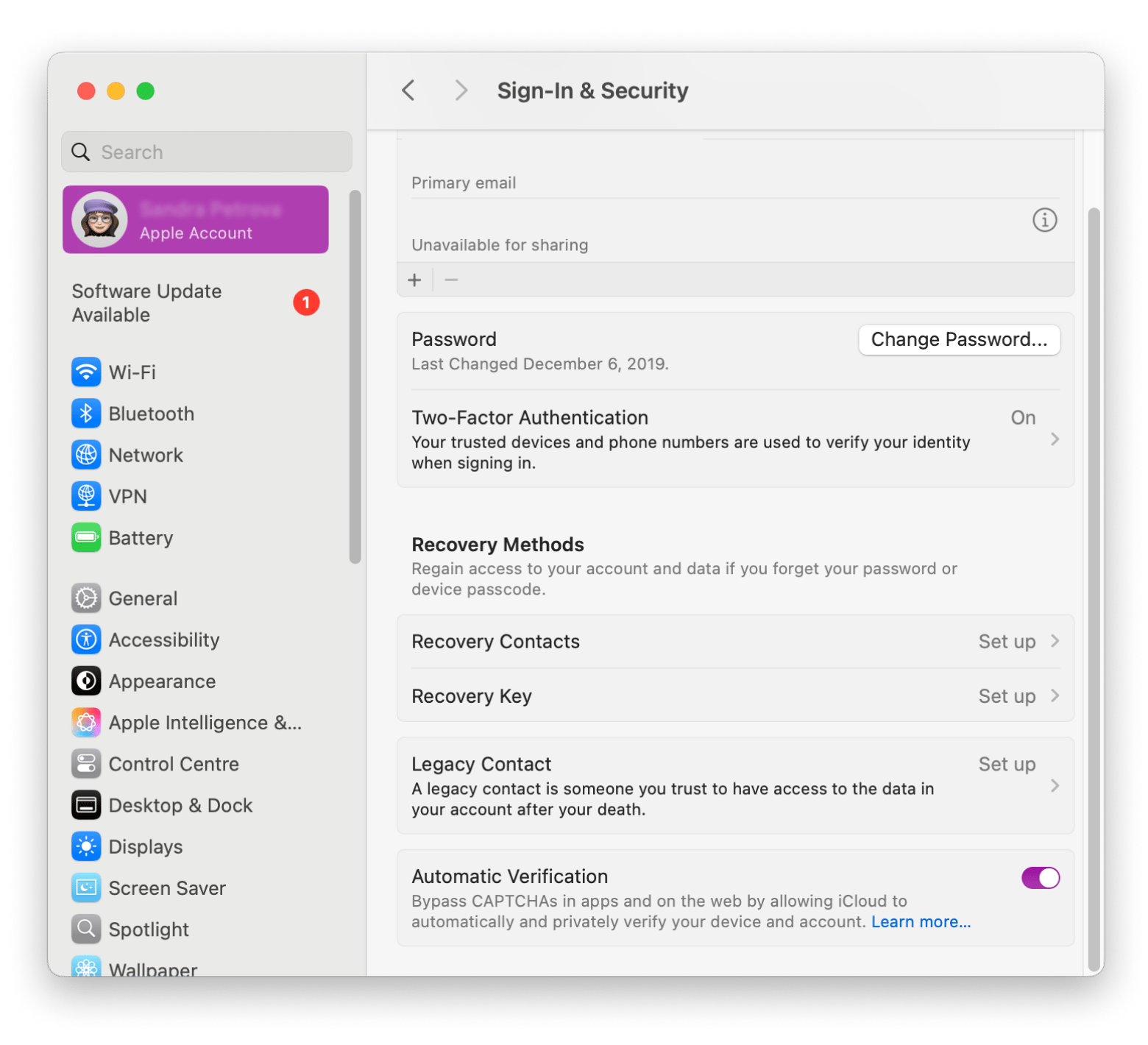
Regularly update security information
Your Apple Account is only as secure as its weakest link. If you haven’t updated your recovery email, phone number, or security questions in a while, now’s the time.
To update security settings:
- Go to the Apple Account website.
- Sign in and go to Sign-In & Security.
- Update your recovery email, phone number, and security questions.
Make sure to choose strong, memorable answers that aren’t easy to guess.
Monitor account activity
Being proactive puts you on the front foot against malicious events that could deprive you of access to your account.
Look out for any suspicious signs. Is Apple sending you security alerts for unusual sign-ins? Don't take it lightly. Check your account activity manually, too.
Here's what to do:
- Go to System Settings.
- Click on your Apple Account > Devices.
- Look for any unknown devices and remove them.
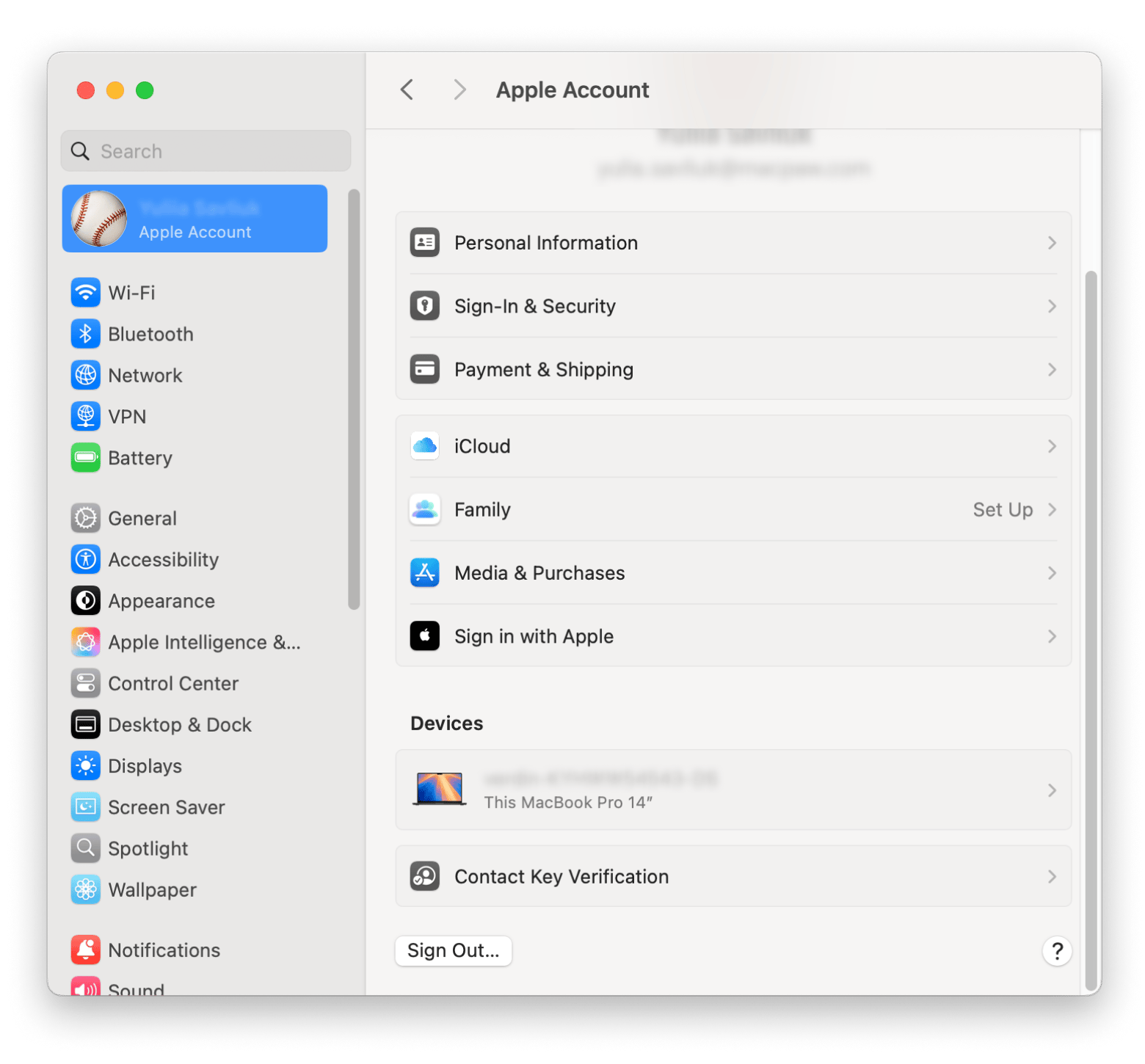
If you see anything suspicious, like a login attempt from a strange location, change your password immediately. These precautions reduce your chances of getting locked out of your Apple account. Take a few minutes now and save yourself a world of trouble!
If you spot a device you don’t recognize, here’s how to remove devices from your Apple ID and keep your account secure.
Common reasons for a locked Apple ID
Failed Apple logins don't just happen randomly. They result from security measures that protect your data and prevent unauthorized access. But sometimes, even you can trigger those security alarms and lock yourself out of your own account.
Here’s why it happens.
Security concerns
Apple’s security system is quite strict. It assumes a hacking attempt at the slightest sign of irregularities, like too many failed attempts at entering a password or running Face or Touch ID.
Also, Apple constantly scans for compromised credentials. If your email and password show up in a known data breach, even from another website, Apple might lock your ID as a precaution.
Suspicious activities
If you log in from a new device or unusual location, Apple might flag it. For instance, trying to sign in from two countries at once or making too many password reset attempts is a red flag.
All of this might sound a bit strict, but Apple’s security is designed to protect you, not punish you. If you're locked out, unlocking is totally doable; you just need the right steps.
Final thoughts on how to unlock Apple ID quickly and easily
Now, you’re in control. You know exactly how to unlock your Apple ID, recover access to your Mac, and, most importantly, make sure this never happens again.
You have a few options if you need to recover your account. You can reset your password through a trusted device, use the iForgot website, or contact Apple’s support team for help. You can also make account recovery easier by using tools like Secrets 4 to manage your passwords securely and Step Two to organize your two-factor authentication codes.
The best part? You don’t have to hunt down these tools one by one. They’re all available through Setapp, a subscription that gives you access to over 250 Mac and iOS apps in one place. You can even take it for a spin with a 7-day free trial and see which apps make your life easier.
FAQ
How can I unlock my Mac with Apple ID?
To unlock your Mac with Apple ID:
- Restart your Mac and go to the login screen.
- Click on Forgot Password under the password field.
- Enter your Apple Account and password when asked.
- Follow the on-screen instructions to reset your Mac password and regain access.
You can also use tools like FileVault and Step Two to give yourself even more recovery options.
How long does it take to unlock my Apple ID?
The time it takes to unlock your Apple ID depends on the reason for the lock and the Apple ID unlock method. Here’s a breakdown:
- Resetting password: A few minutes, as long as you have access to your recovery email or trusted device.
- 2FA: Almost instant if you can verify your identity with a trusted device.
- If Apple requires additional verification: It could take several hours to a few days, especially if you don’t have immediate access to your recovery options.
Can I unlock my Apple ID without access to my recovery email?
Yes, you can unlock your Apple ID without access to your recovery email. However, you’ll need another way to verify your identity. Try these options:
- From your secondary Apple device, go to Settings > Your Apple ID > Password & Security > Change Password.
- Use your trusted phone number to get a reset code for your password.
- Use iForgot — Apple may guide you through a longer verification process to prove you own the account.

